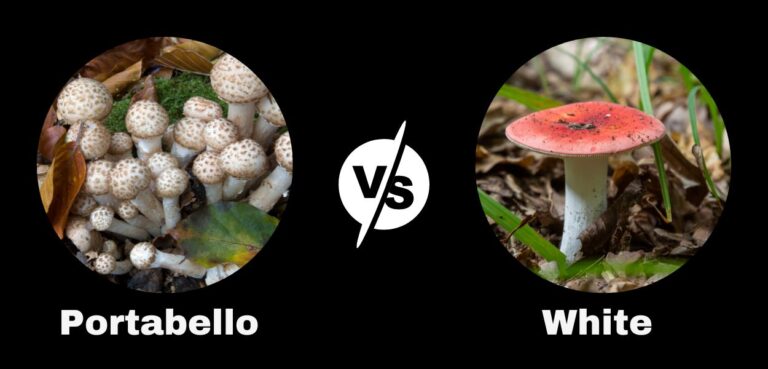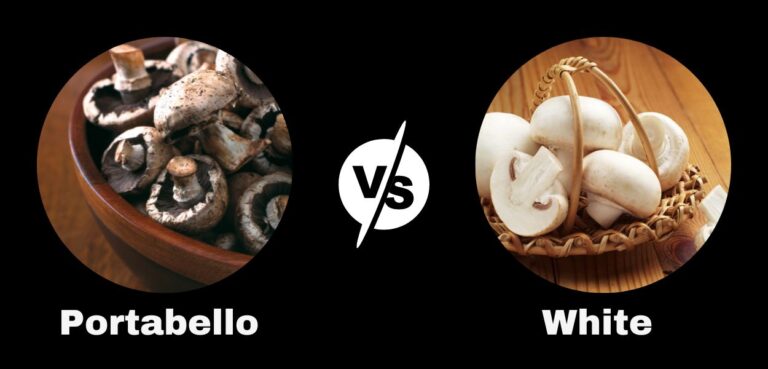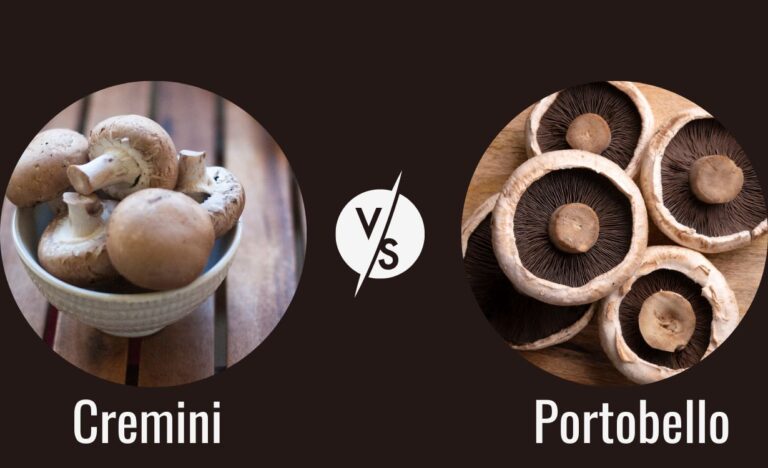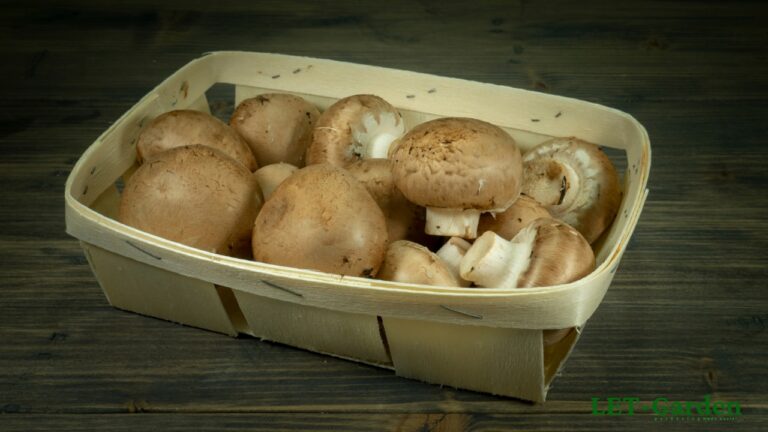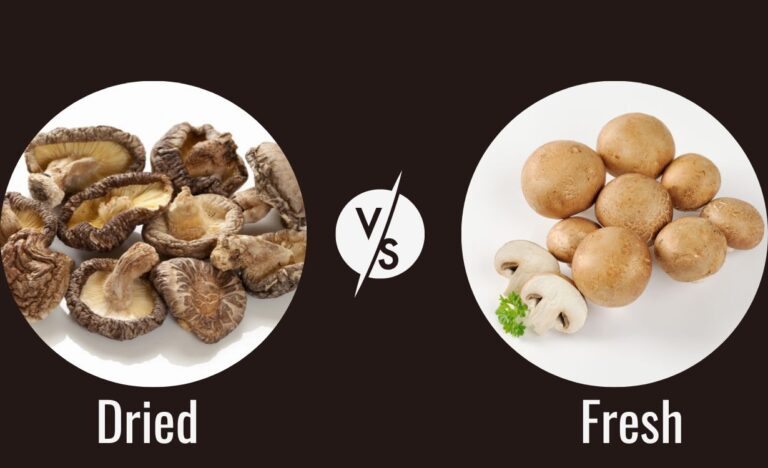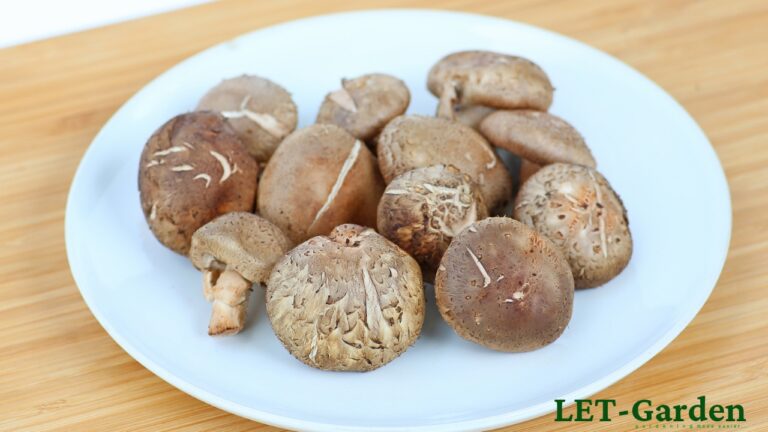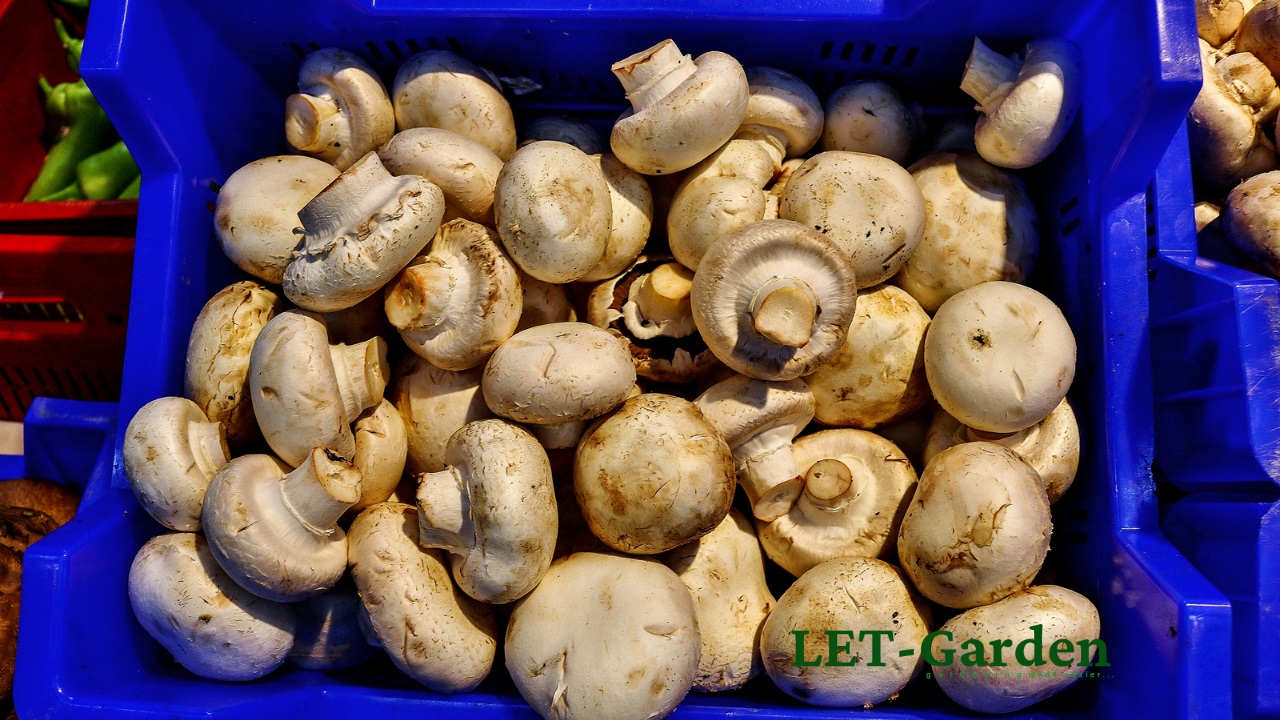
Get the scoop on white button mushrooms and their benefits, even after they turn brown. Are white button mushrooms good after turn brown? Find out why they’re a great addition to any meal, and how to prepare them for maximum flavor and nutrition. Start exploring this versatile ingredient today!
Mushrooms are a popular ingredient in many recipes, thanks to their unique flavor and texture. However, as anyone who has ever bought mushrooms at the grocery store knows, they have a tendency to turn brown after a few days.
This natural process can raise concerns among consumers: are brown mushrooms still safe to eat, or should they be discarded?
In this blog post, we’ll take a closer look at the issue of white button mushrooms turning brown, and explore whether they are still good to eat. This is a common concern among mushroom consumers, and by the end of this article, you’ll have a better understanding of when it’s safe to eat brown mushrooms, and when you should exercise caution.
What Causes White Button Mushrooms to Turn Brown?
Have you ever wondered why white button mushrooms turn brown? The answer lies in the science of mushroom browning. This process is caused by an enzyme called polyphenol oxidase (PPO), which is present in many types of mushrooms, including white button mushrooms.
When a mushroom is cut or damaged, the PPO enzyme reacts with oxygen in the air to produce a compound called quinone. This compound is then converted into melanin, the same pigment that gives human skin its color. Melanin is responsible for the brown color that you see on the surface of a mushroom.
Browning is a natural process that occurs as mushrooms age, and can also be accelerated by factors such as exposure to heat or moisture. For example, if mushrooms are left in a damp environment, such as a plastic bag, they are more likely to turn brown quickly. Similarly, cooking mushrooms at high temperatures can cause them to brown more rapidly.
It’s important to note that mushroom browning is a purely cosmetic issue and does not necessarily indicate that the mushroom is spoiled or unsafe to eat. In fact, many mushrooms that have turned brown are perfectly safe and delicious to eat. However, the appearance of brown mushrooms can be off-putting to some consumers, which is why many people wonder whether they should still eat them.
In the next section, we’ll explore whether brown mushrooms are safe to eat, and what signs to look for to determine whether a mushroom is still good to consume.
Are White Button Mushrooms Good After They Turn Brown?

White button mushrooms are a popular part of many meals and a staple in many households. While they are generally safe to consume, the process of oxidation can cause them to turn brown. This discoloration does not necessarily indicate spoilage, but it is important to use your senses to determine whether a mushroom is still edible.
Visual inspection should include a close examination of the mushroom to look for bruises, dark spots, sliminess, sogginess, or softness. If a mushroom passes this inspection, it can be consumed. Smell and taste can also be used to evaluate a mushroom’s quality and safety. If either of these senses detects an off-putting aroma or taste, the mushroom should not be consumed. In most cases, white button mushrooms that have turned brown are still safe to eat.
When Should You Avoid Eating Brown Turning White Button Mushrooms?
While brown-turning-white button mushrooms are generally safe to eat, there are some situations in which you should exercise caution or avoid consuming them altogether. Here are a few scenarios to keep in mind:
- Slimy texture: If a mushroom feels slimy to the touch, it may be spoiled and should not be consumed. This can be a sign of bacterial growth or decomposition.
- Foul odor: A mushroom that has a strong, unpleasant smell is likely not safe to eat. This could indicate spoilage, mold growth, or contamination with harmful bacteria.
- Moldy appearance: If a mushroom has visible mold growth, it should be discarded. Some types of mold can produce toxins that are harmful to humans, and it’s not worth the risk of consuming a contaminated mushroom.
- Doubts about safety: If you have any doubts about the safety of a mushroom, it’s better to err on the side of caution and throw it out. While most brown mushrooms are perfectly fine to eat, it’s not worth taking the risk if you’re unsure about their quality or freshness.
It’s worth noting that some people may be more sensitive to certain types of fungi, and may experience an allergic reaction or digestive issues after consuming even a small amount. If you have a known allergy to mushrooms or have experienced adverse reactions in the past, it’s best to avoid eating them altogether.
In general, it’s important to use your senses (sight, smell, and taste) to determine whether a mushroom is safe to eat. If you notice any of the above warning signs, or if you simply feel uneasy about consuming a mushroom, it’s best to err on the side of caution and dispose of it. While food waste is always a concern, it’s better to be safe than sorry when it comes to your health.
FAQs on White Button Mushrooms Turning Brown

Button mushrooms are a versatile and popular ingredient, but like all perishable foods, they can go bad if not stored and handled properly. Here are the answers to some common questions about button mushroom freshness and safety:
How do you know if button mushrooms are bad?
To determine if button mushrooms have gone bad, look for signs of spoilage such as soft or mushy texture, stickiness, sliminess, shriveling, mold growth, discoloration, or an unpleasant odor. Fresh mushrooms should be dry, firm, and smooth with a pleasant earthy smell.
What happens if you eat slightly old mushrooms?
Eating slightly old mushrooms is unlikely to make you sick, especially if they are store-bought or farm-fresh and have been cooked properly. However, it’s still important to avoid consuming spoiled or rotten mushrooms, as they can cause food poisoning or other health problems.
How long do white button mushrooms last in the fridge?
White button mushrooms can last for 7 to 10 days in the refrigerator if stored properly. Keeping them in the fridge helps to slow down the natural aging process and preserve their freshness.
What is the best way to store white button mushrooms?
The best way to store white button mushrooms is to take them out of their original packaging, wrap them in paper towels, and place them in open plastic bags or paper bags. This allows for air circulation and helps to absorb any excess moisture that can cause them to spoil. Keep them in the refrigerator and use them within a week for the best flavor and texture.

Hi, I’m Miles, the lead team member behind Gardeem.com. Besides being a passionate grower and writer, I’m a husband, father and grandfather to three! I started Gardeem in 2017 to provide simple and reliable gardening advice to everyone, regardless of their ability levels.

